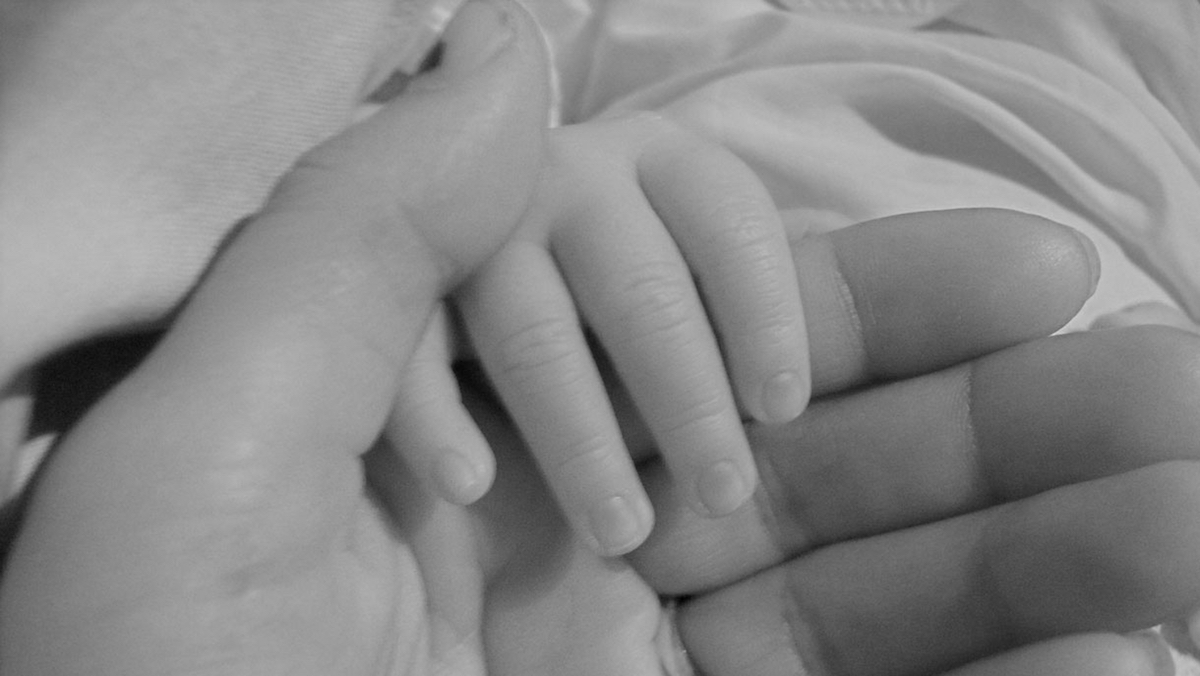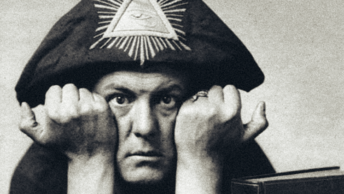While Same-sex Marriage is a contradiction in terms, abortion and religion have engaged in a pagan ritual that approximates satanic marriage for many years. Fifty years ago this statement that there was a religious element in aborting an unborn child, would have seemed totally ludicrous and defiantly sacrilegious. Oh, I had heard a few people try to link religion, especially Catholicism with abortion. There is the Religious Coalition for Reproductive Choice, and the annoying Catholics for Choice. But most of these groups have no substance or concrete ideological underpinnings for their separatist views.
The unholy marriage of religion and abortion is an idea that greatly appeals to the Left. How better to complete the subversion of Western culture. It has achieved ideological status in many religions. Its venom strikes at the very nesting area of the pro-life family—religious fervor.
Since it has been the religious and spiritual impulse that has animated much of the pro-life movement these past 50 years, I believe that a serious “religious” challenge could serve the pro-life movement. If the pro-abortionist lobby ever gets a commanding foothold on the religious playing field, it could change the tide and turn around the momentum we have enjoyed these past few years. At best, it could serve to further confuse the already apathetic middle.
One of the early signs that the religious argument may serve as rhetorical battle ground for years to come, first appeared in Cynthia Gorney’s 1998 book, Articles of Faith: A Frontline History of the Abortion Wars.
I was first exposed to the religious argument for abortion rights at a debate between representatives from Feminists for Life and popular pro-choice advocate, Ray Hartman, the publisher of the Riverfront Times in St. Louis for many years. The time was the spring of 1993. I have known Ray for many years. He used to host a call-in show like mine on WGNU-radio where I held a weekly electronic court for 22 years. His weekly newspaper might well have been called the St. Louis Voice, in that it is a slick imitation of The Village Voice or Rolling Stones Magazine.
From his bloody pulpit on the back page of the cover, Ray promoted the cause of abortion rights and other salient liberal issues with articulation and supreme confidence. Despite his abortion views, I admired Ray’s passion and his commitment to what he believes. I have often told him, I wish he were on my side.
I am not sure who “won” that debate. I do know the feminist was not at all impressive. Her arguments were weak, and uncertain. Her delivery exuded everything but self-confidence in her beliefs. It seemed that on some aspects of the debate she agreed wholeheartedly with Ray.
Hartman, a seasoned speaker, clearly made a favorable impression on the audience. The main thrust of his seminal argument was vaguely reminiscent of the scientific justification employed by Justice Harry Blackmun in Roe v. Wade. Hartman piously made the case that since the major churches of this country could not decide if abortion were right or wrong, then he was free to follow his own conscience on this issue. He buttressed his case with the tired rubric of the separation of church and state.
When the time for questions came, I took the opportunity to inform him, tongue in cheek, of course, that as a born-again Mormon, I agree with you Mr. Hartman. I don’t think the government has any business in the bedroom. I was alluding to the fact that our federal government has always reserved the right to interfere in the religious activities of its citizens if their practices fell outside of common standards of acceptable behavior. In the 1890’s, the Utah territory was denied admission to the United States until it exorcised from its state constitution, its religious provisions for polygamy.
The practice of polygamy had historically enjoyed an exalted status among the doctrine of the Church of the Latter Day Saints. They believed that an unlimited number of souls and bodies existed in eternity and it was up to church members to bring as many into existence as was humanly possible.
Brigham Young was reputed to have had 27 wives. Theoretically, he could have fathered 25-27 children each and every year. This was certainly one way to increase church membership very rapidly. The federal government wanted this doctrine removed from the Utah constitution because this “religious” practice did not fit the basic egalitarian standards of monogamy existent in the United States at that time.
But times are changing. The late Viktor Frankl wrote in his book, Man’s Search For Meaning, that we all have an existential vacuum, and that this emptiness has to be filled with something. Jews and Christians have traditionally filled that inner void with a belief in a monotheistic God.
With America having broken faith with its moral underpinnings, that internal emptiness has looked elsewhere for its fulfillment. We now echo the belief of G. K. Chesterton, that those who do not believe in God, will believe in anything. Promiscuous sexual activity, with its share of unwanted pregnancies, has been one of the most popular “fillers” since the sixties with abortion providing a religious failsafe for increasingly more people.








